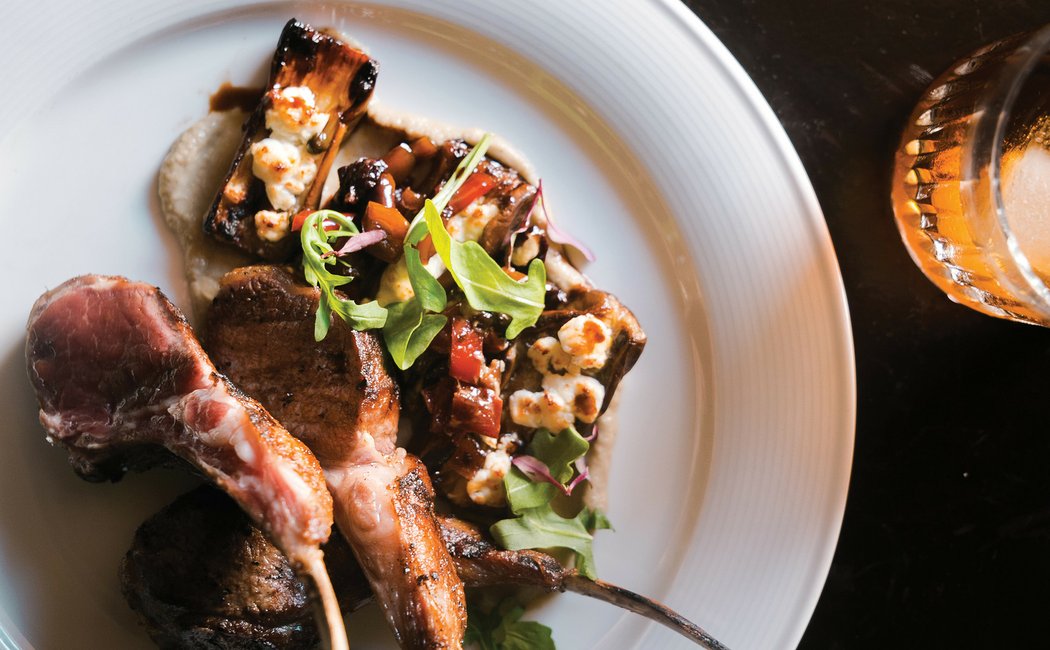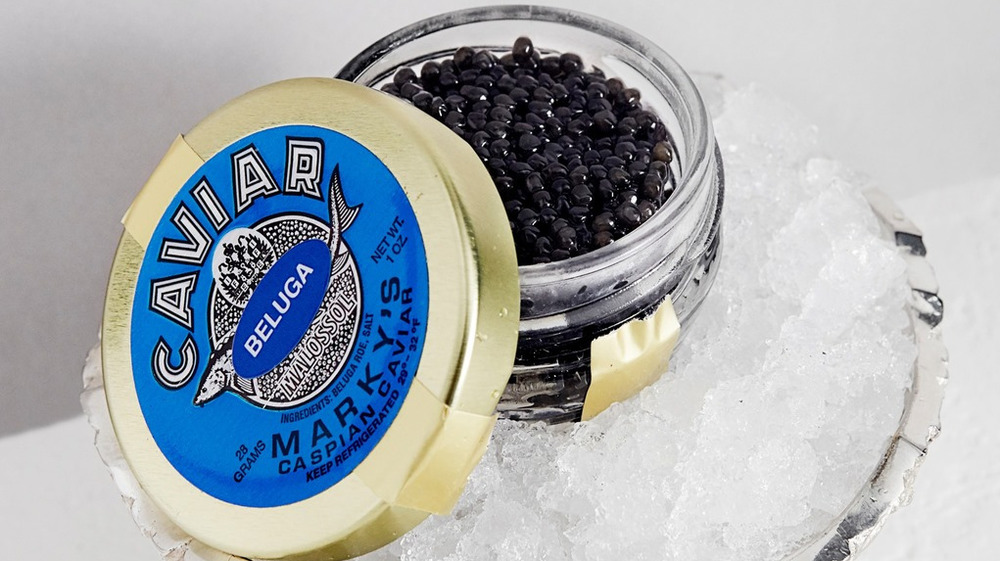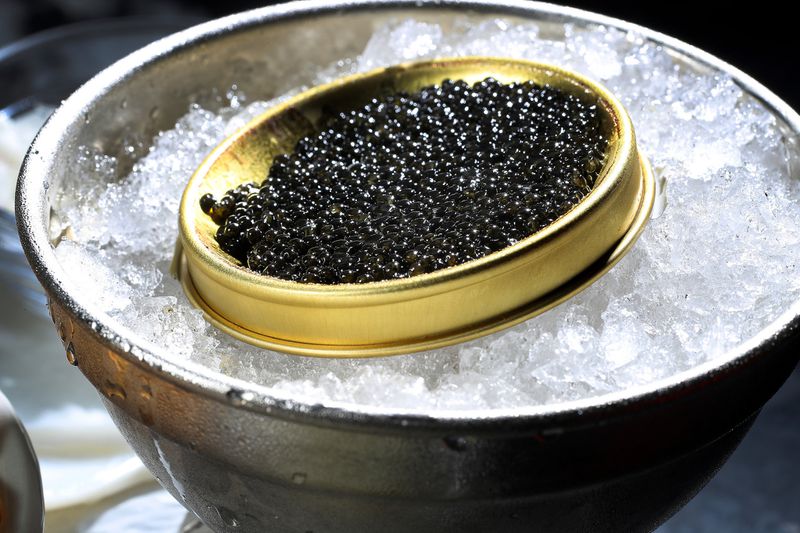The Art and Science of Aged Cheese: Process, History, Pairings
There is something about aged cheese that just makes it irresistible. The flavor is more complex than other kinds of cheese, and it has a richness that can't be matched. Aged cheese is also quite versatile, pairing well with a variety of different foods. In this blog post, we will explore the art and science of aged cheese. We will discuss the process that goes into making aged cheese, as well as the history of this delicious food. We will also provide some tips for pairing different types of aged cheese with different kinds of food. So, if you are interested in learning more about aged cheese, then keep reading! We also have other guides on cheese that will be intriguing as well!

History of Aged cheese
The earliest record of aged cheese comes from an ancient Egyptian tomb painting, which shows a boy carrying a basket of what is thought to be Aged Cheese. Aged Cheese was also mentioned in the Bible when Joseph was sold into slavery by his brothers. He later became the ruler of Egypt and saved his family from famine.
Historians believe that Aged Cheese was first made in the Middle East, and then spread to Europe and Asia. Aged Cheese became very popular in Europe during the Middle Ages. At that time, most cheeses were made from sheep's milk. Aged Cheese made from cow's milk began to be produced in the 1500s.
Aged cheese was popular in Rome and Greece, where it was often flavored with herbs and spices. The Roman writer Pliny the Elder wrote that Aged Cheese was one of the most popular foods among the wealthy. In medieval Europe, Aged Cheese was often eaten with fruit or honey.
Aged Cheese is still popular today and is made all over the world. Some of the most famous Aged Cheeses include Cheddar, Gouda, and Parmesan. Aged Cheese can be enjoyed on its own or used in recipes. It is often used to add flavor to soups, sauces, and casseroles. Aged Cheese is also a popular ingredient in pizzas and lasagnas.
Process of Aged cheesemaking
Aged cheese is made using a process of controlled rotting, which in some places is also called as ripening. This process helps to develop the flavor and texture of the cheese. Ripening can be done either naturally or artificially. Natural ripening occurs when the cheese is stored in a cool, dark place for a period of time. This allows bacteria to grow on the surface of the cheese, which contributes to the development of flavor. Artificial ripening, on the other hand, involves adding bacteria to the milk before it is made into cheese. This speeds up the ripening process and results in a more intense flavor.
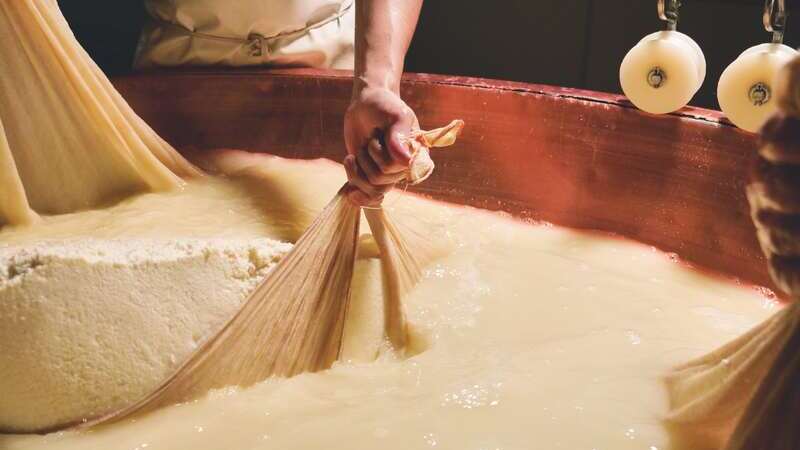
The process begins with the selection of high-quality milk, which is then heated and combined with rennet to create curds. The curds are then placed in molds, where they are pressed and drained of whey. After this, the cheese is coated in a variety of substances (usually brine, cheesecloth, or wax) to create a barrier. This prevents oxygen from entering the cheese and causing it to rot. The cheese is then stored in a cool, dry place for several months or years. During this time, the flavor of the cheese develops and changes as it ages. Aged cheeses are typically more flavorful and complex than their younger counterparts.
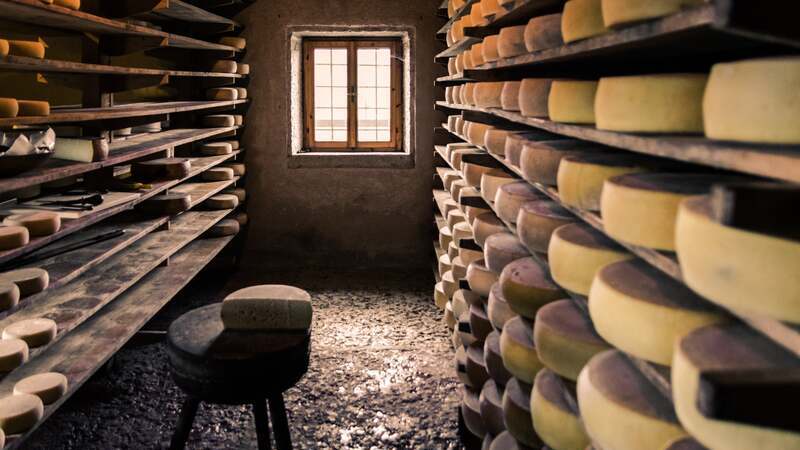
Aged Cheese Pairings
Aged cheese pairs well with a variety of different foods, including fruits, crackers, bread, and wine. When selecting an aged cheese for pairing, it is important to consider the intensity of flavor.
There are a variety of aged cheeses available, each with its own unique flavor. Aged cheddar is a sharp, tangy cheese that pairs well with apples and pears. Strong cheddar cheese would pair well with hearty bread, while a milder brie would be better suited for a delicate cracker or bread. . Aged gouda is a nutty, rich cheese that pairs well with pears and apples. Aged Swiss is a sweet, nutty cheese that pairs well with both sweet and savory foods, making it a versatile cheese for pairing.
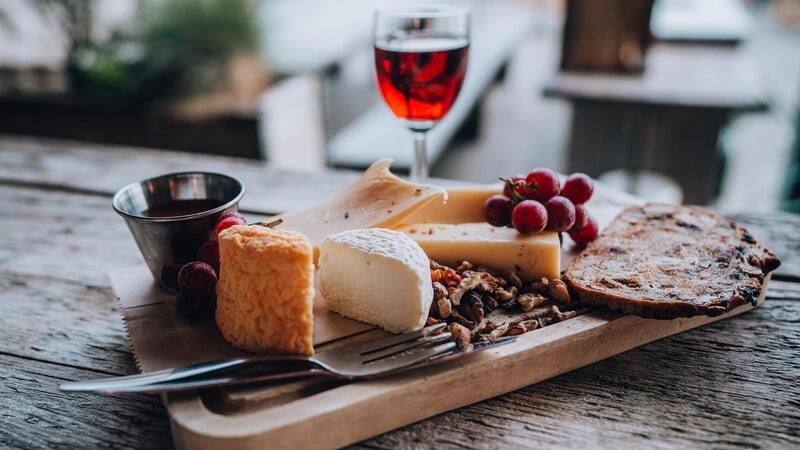
Aged cheese is best paired with wines that are high in acidity. These include sparkling wines, like Champagne, and dry red wines, like Cabernet Sauvignon. A strong, pungent cheese like Parmigiano-Reggiano should be paired with a wine that can stand up to its flavor, such as a full-bodied red wine. A milder cheese like Gouda can be paired with a lighter wine, like Chardonnay.
So next time you're feeling like something a little different, pick up an aged cheese and give it a try. You might be surprised at how much you like it.




